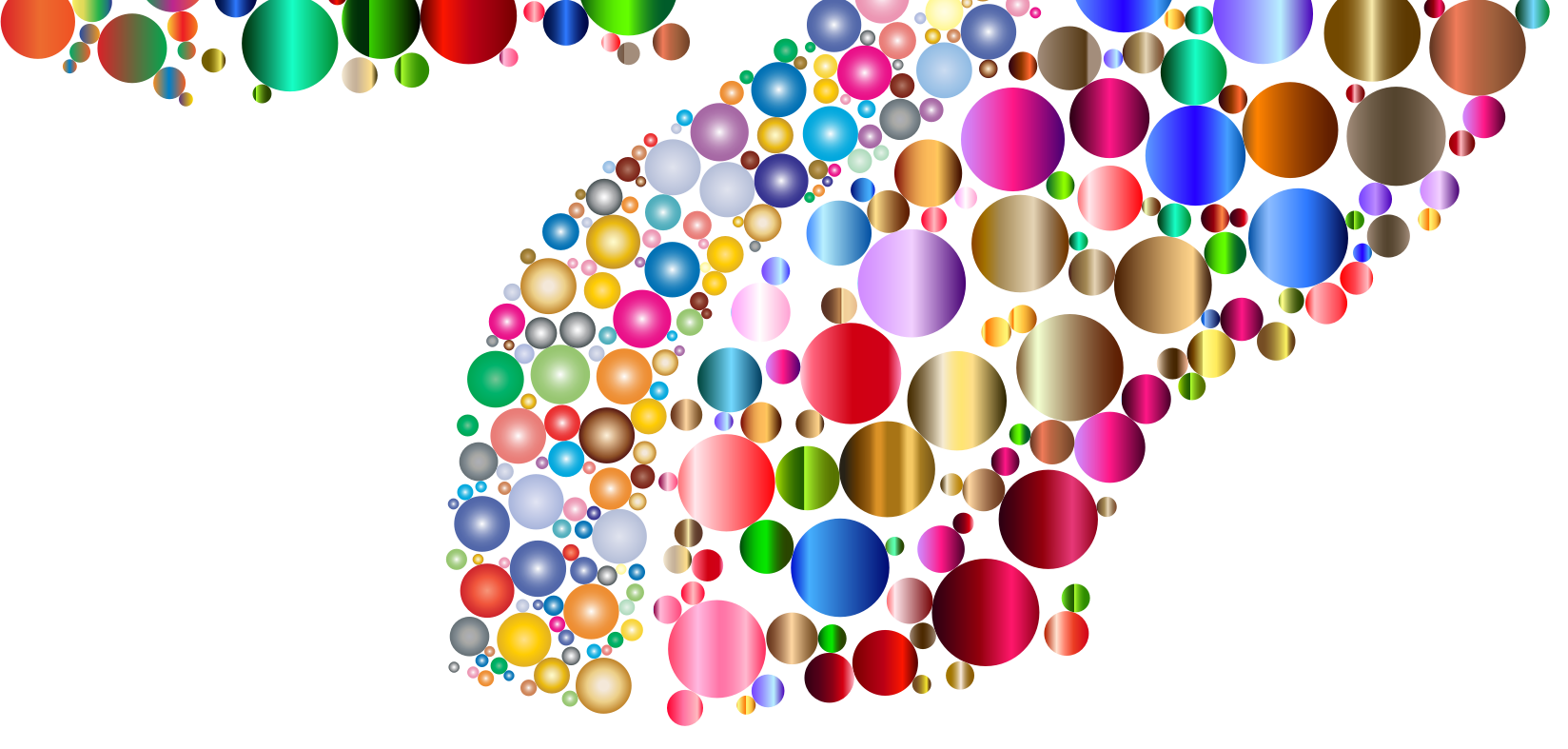OT or PT?
Ms Ramya, Pediatric Occupational Therapist
Often parents want to know the difference between occupational therapy and physiotherapy. “Should my child see OT, PT or both and if so, why? is a question confounding parents. I am here to help and clarify how they are similar, but more importantly how they are different! “,says Ms.Ramya Pediatric Occupational Therapist at Nishta Integrated Neuro Development Center.
WHAT’S DIFFERENCE BETWEEN OCCUPATIONAL THERAPY AND PHYSIO/ PHYSICAL THERAPY FOR CHILDREN ?
It can seem confusing at times, because the roles of a physiotherapist and an occupational therapist frequently overlap. Both occupational therapist and physiotherapist look at child positioning, safety, muscle tone, strength, endurance, flexibility and range of motion within various contexts( home, school, community etc..,) to better help a child become an independent participant in his or her everyday life. Both therapies use modification and adaptation techniques to better improve a child’s participation in purposeful activities, while improving the child’s overall quality of life, and finally both occupational therapist and physiotherapist work together with parent and child to develop and achieve goals.
ROLE OF PHYSIOTHERAPIST:
Physiotherapists focus on providing a child with skills in areas of mobility and gross motor skills that will help to engage in daily activities to the best of his/her ability. They work on gross motor tasks such as rolling, crawling, sit to stand, independent standing, walking, jumping, skipping, kicking. They also work on increasing child’s balance and coordination. They help the child to overcome their delayed physical milestone. They train parents and caregiver on all aspects of child’s physical development, it includes how to maintain good body posture, best handling techniques to reduce further deformities and also to reduce pain and restore their functional abilities .
Physiotherapist focus is for children to be as mobile and as independent as possible.
Physiotherapists work in following areas through all kinds of hand-on techniques:
- Gross motor skills (physical development)
- Strength
- Endurance
- Balance and coordination
- Body awareness
- Pain relief
- Flexibility
- Gait mechanics
- Orthotics training.
ROLE OF OCCUPATIONAL THERAPIST
Occupational therapists use whatever potential the child has for its age appropriate functional independence, and will help a child in areas of self- care, such as brushing, bathing, dressing, grooming and feeding and in IADL skills. They also work on increasing child’s visual-motor, visual perception ,cognition and decision making skills as well as sensory processing skills (sensory processing refers to how a child manages and uses information from his/her environment and surroundings) and being able to engage in age-appropriate games. They are also trained to help children organize and interpret information from the environment so that they can just be kids. This may include taste aversion that limits food intake or texture aversion that affects their clothing tolerance or sound aversion that affects their mood. They also help the child to develop fine motor skills that enable him/her to write , colour, use eating , grooming utensils, manipulate an object in their hands, or open containers or packages , climbing upstairs etc..,. last but not least the impact of occupational therapy will facilitate normal age appropriate development in all domains of development.
Occupational therapist focus is for children to be as mobile and as independent as possible, while training their caregivers on all aspects of child’s development. This will include anything that may affects a child’s quality of life. They often educate parents and teachers on the best techniques to ensure children’s participation in learning, self- care, and play.
Through all kinds of hands-on or play techniques, paediatric occupational therapists work with children on following skills:
- Sensory integration
- Cognitive endurance
- Hand function skills
- Motor control and motor planning
- Fine motor skills& writing skills
- Visual spatial awareness
- Hand-eye coordination
- Attention and concentration skills
- Body awareness and spatial awareness
- Social skills
- Selfcare skills
- Academic skill such as writing, visual memory, visual perception skills, socialisation and group play
So here now, you know what PT and OT mean. Both are essential to ensure a child’s progress.

